chlorosis (autumn blaze maple).......
sunlicious
12 years ago
Related Stories
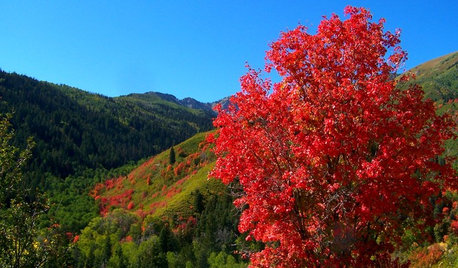
GARDENING GUIDESBigtooth Maple, the West’s Native Sugar Maple
Plant Acer grandidentatum for cool shade, brilliant autumn colors and songbird habitat
Full Story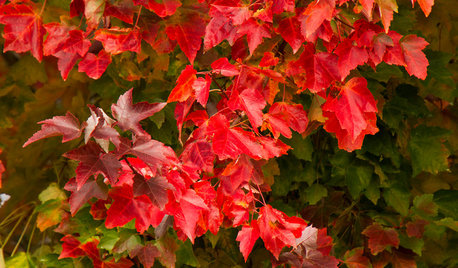
TREESGreat Design Plant: Acer Rubrum Brings Shade and Beauty
Red maple — a fast-growing, low-maintenance Eastern native — has spectacular fall foliage and early-spring flowers that feed pollinators
Full Story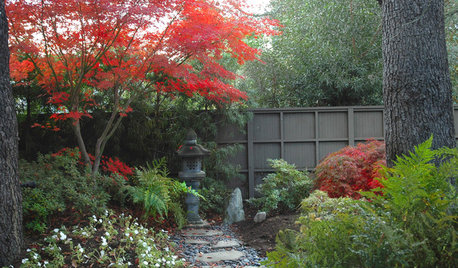
COLORNature’s Color Wisdom: Lessons on Red From the Great Outdoors
Dab some of Mother Nature’s rouge around the home for an eye-opening look
Full Story
FALL GARDENINGHouzz Call: Show Us Your Fall Color!
Post pictures of your fall landscape — plants, leaves, wildlife — in the Comments section. Your photo could appear in an upcoming article
Full Story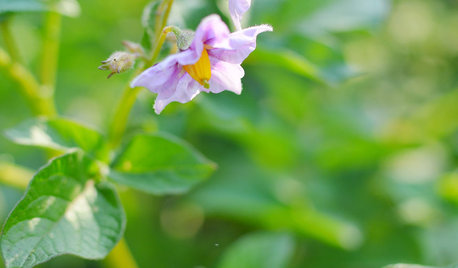
REGIONAL GARDEN GUIDESMid-Atlantic Gardener's October Checklist
It's time to tidy up from summer, savor fresh herbs while you can and prepare for the symphony of garden color to come
Full Story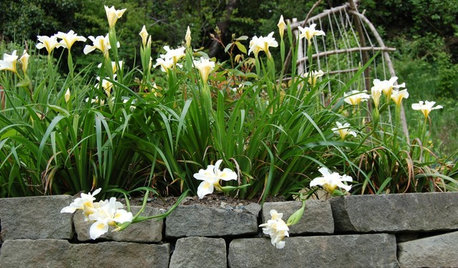
GARDENING GUIDESTop 10 Native Plants for the Pacific Northwest
More than just gorgeous and adaptable, these standout plants convey a sense of place
Full Story
GARDENING GUIDESAttract Hummingbirds and Bees With These Beautiful Summer Flowers
Roll out a welcome mat for pollinators to keep your landscape in balance and thriving
Full Story
LANDSCAPE DESIGNFind Yourself in an Epic Garden in the Shade
Feeling hot and tired gardening in the sun? The world of shade gardening beckons you to its cool mystery
Full Story
COLORCooking With Color: When to Use Orange in the Kitchen
Try a dash of Cayenne or swaths of Sweet Orange for zesty, high-energy kitchen flavor
Full Story
MOST POPULAR8 Great Kitchen Cabinet Color Palettes
Make your kitchen uniquely yours with painted cabinetry. Here's how (and what) to paint them
Full Story





ken_adrian Adrian MI cold Z5
mackel_in_dfw
Related Discussions
Autumn Blaze or Sun Valley Maple
Q
pale leaves on autumn blaze maple
Q
Autumn blaze maple or October glory maple
Q
Autumn Blaze Maple long skinny leader
Q
arktrees
ken_adrian Adrian MI cold Z5
whaas_5a
strobiculate
whaas_5a
wisconsitom
mackel_in_dfw
wisconsitom
mackel_in_dfw
wisconsitom
mackel_in_dfw
wisconsitom
mackel_in_dfw
mackel_in_dfw
mackel_in_dfw
jean001a
Toronado3800 Zone 6 St Louis
sunliciousOriginal Author
strobiculate
strobiculate
whaas_5a
argre
wisconsitom
argre